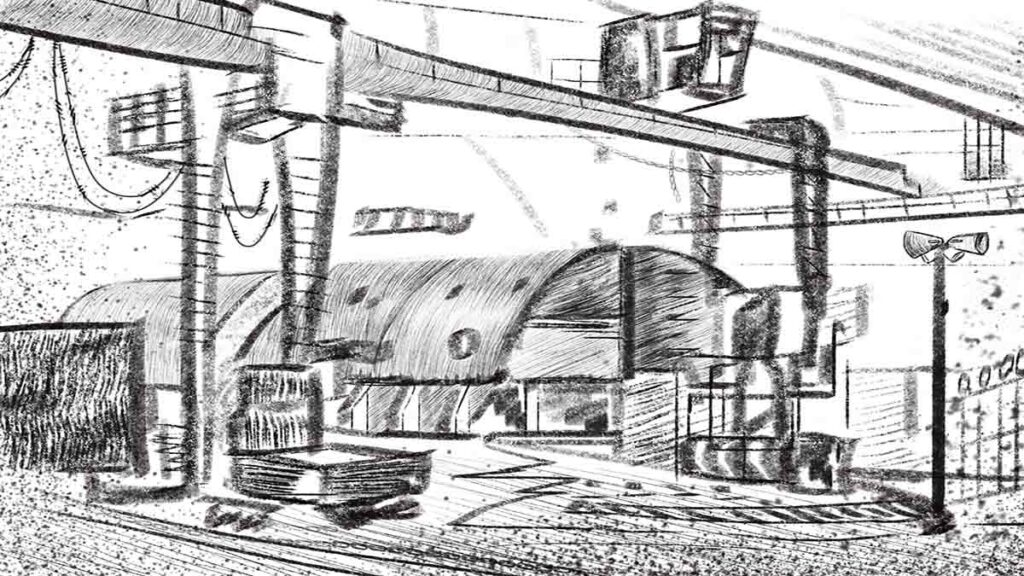
More than three decades have separated us from the tragic events that occurred on April 26, 1986, at the Chernobyl nuclear power plant. The terrible man-made and environmental disaster caused by the explosion of the nuclear reactor of the fourth power unit of the nuclear power plant shocked the whole world then.
Over the years, dozens of versions about the causes and consequences of the tragedy from various experts, the conclusions of the commissions of international organizations, the conclusions of the competent authorities, one after the other, surfaced on various information platforms, professional congresses that study and organize cooperation in the use of peaceful nuclear energy.
They all boil down to the main thing – it is necessary to make maximum efforts at the international level to prevent such tragedies in the future. To this end, it is necessary to engage systematically in the implementation of a whole range of measures to adapt the standards in the field of the safety of the use of peaceful atom.
One of the tasks that is on the agenda today is to prevent maximally environmental pollution from the remains of a destroyed reactor.
The new object “Shelter” is an exam for all humanity.
Many international organizations extended to Ukraine assistance not only of a humanitarian nature, but also agreed on the wave of actual high-tech assistance in eliminating the consequences of a radiological disaster. It is about building a new unique object “Shelter”.
Its purpose is to replace the old concrete sarcophagus that has already arrived in emergency condition, which was hastily constructed in order to prevent further environmental pollution. The new object “Shelter”, a gigantic confinement weighing over 36 thousand tons, has recently passed its first many hours of operation.
This unique design, made using the latest technology, will prevent the spread of radioactive substances that is still filling the power unit. In accordance with the technological case, the new sarcophagus will work for the next century.
Work on the construction of the strategic facility Shelter ─ 2 was launched back in 2012, with about 3,000 employees involved. Leading engineers and nuclear engineers from dozens of countries worked on this super modern technical facility.
The construction of a new confinement took place not over the remains of the destroyed reactor, but on a special site, a few hundred meters from the old shelter that had become unusable. According to the IAEA, construction costs amounted more than 2 billion euros.
Safety is a priority
A new facility that has successfully undergone experimental implementation into operational use is not just another new protective dome.
This is, first of all, the most complicated high-tech system, with a double protective roof. This mega technical system was installed by specialists from Germany. The space between the layers of the roof, in which the necessary climatic regime will be maintained, has an important technological function.
It will act as a protective material from the effects of extreme temperature fluctuations. In addition, specialists prudently created in this space an increased level of pressure, which in turn eliminates the ingress of radioactive dust out.
The reliability of the sarcophagus is determined quite accurately ─ it should serve humanity for about 100 years and withstand various natural disasters. International cooperation in this industry is a vivid example of the humanistic actions of experts from Ukraine and Germany as part of systematic activities to work for the environmental safety of the planet.